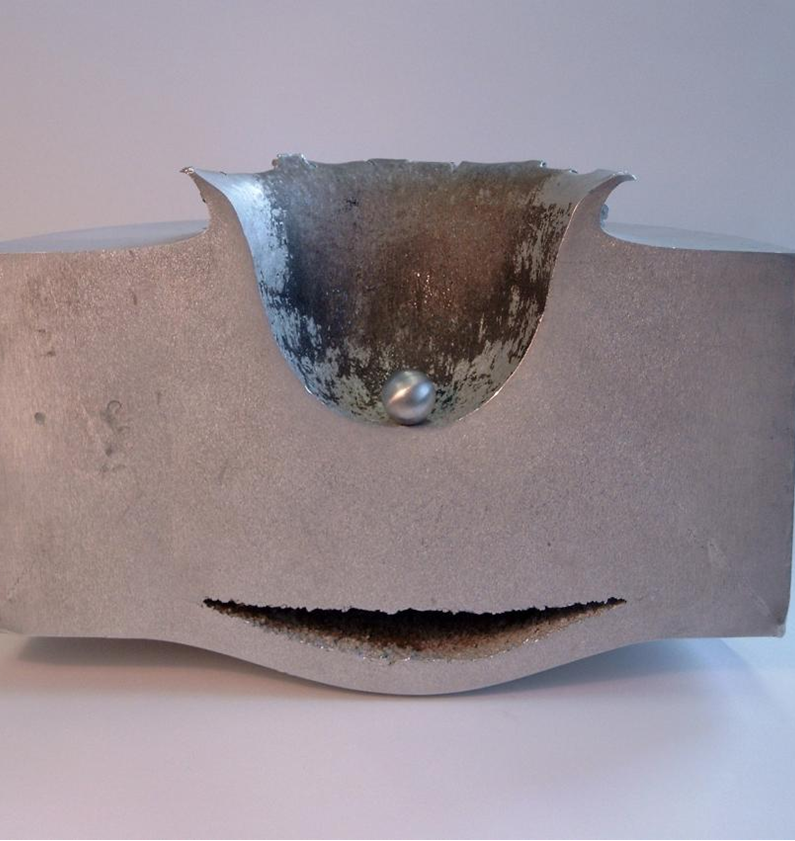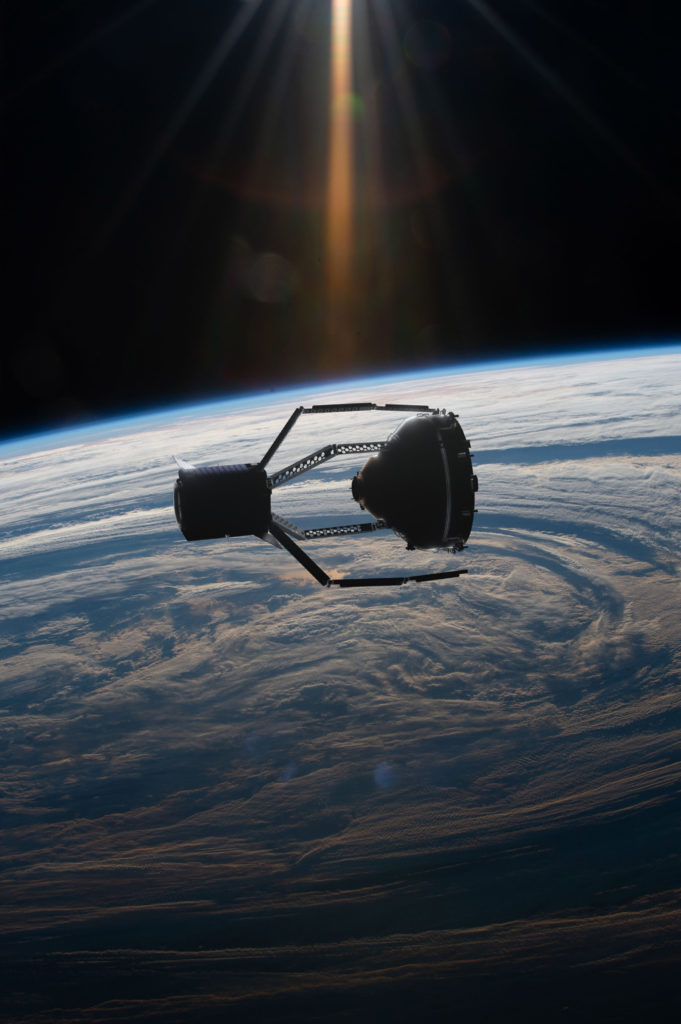“Valispace is making our iteration cycles in design quicker and much more flexible”
Space is becoming crowded. There are already over 5,000 nonfunctional objects in Earth’s orbit, each one carrying with it the risk of collision with others and causing further debris and clutter which can seriously jeopardise our ability to continue space exploration in the future.
In 2009, the fear of large objects colliding in space become a reality with the impact between the satellites Cosmos and Iridium, the first ever time that two intact spacecraft accidentally collided with each other. That collision created more than 2,000 pieces of debris and acted as a wake up call to the international space community of the urgency to find a preventative solution.
ClearSpace & ESA
“We need to develop technologies to avoid creating new debris and removing the debris already up there” said Luisa Innocenti, head of the European Space Agency’s Clean Space initiative. This desire to find innovative solutions led to ESA commissioning the world’s first space debris removal programme in 2019. They selected Swiss startup ClearSpace to lead the project and in 2025, the ClearSpace-1 mission will attempt to remove its first piece of nonfunctional space material.

Results of a lab test impact between a small sphere of aluminium travelling at 7 km/s and an 18cm thick block of aluminium – highlighting the danger of small space debris. Credit: ESA
The mission’s target is the secondary payload adapter left behind by ESA’s Vega launcher in 2013, which is orbiting at an altitude of around 700 km and with a mass of 100 kg. This object was selected due to it being relatively similar in size to a small satellite and with a sturdy and simple shape, making it an ideal candidate for a first attempt at in-orbit capture before eventually moving on to more challenging and complicated missions.
Engineering ClearSpace-1
Out of a long list of possible designs for space debris retrieval (that includes farfetched and fantastical ideas such as harpoons, lasers and solar sails), the ClearSpace team have opted to develop a robot-like spacecraft with four articulated arms that will grab hold of and secure the target before manoeuvring back towards Earth and burning up in the atmosphere.
Although the object targeted was selected for it’s relative simplicity, the engineering challenge to design and build ClearSpace-1 is extremely difficult. As mentioned on the ClearSpace website, ‘the operation to capture an object moving at 28’000 km/h in frictionless microgravity will have to occur in a precise choreography as the slightest contact significantly modifies the object’s trajectory and rotation.’
To find out about how this need for precision in the mission affects the engineering design process, we visited the ClearSpace HQ in Lausanne, Switzerland and spoke to Bastien Gorret, a systems engineer at the company. We asked Bastien about the methodology behind the engineering approach for the ClearSpace-1 mission and he told us that:
“When it comes to an engineering mission like this, the tools and the methods that you have to put in place need to reflect the needs not only from a technical point of view, but also from a schedule and economical point of view. What we’ve decided, for a simple mission of removing space debris, is that a lot is going to depend on the debris itself. So we wanted to focus on methods that will allow us to be flexible and to be able to adapt from one client to another.”
It [Valispace] is really driving us to consider these tools as necessary for reaching economical feasibility and time to market
Bastien Gorret, Systems Engineer at ClearSpace
ClearSpace & Valispace
This need for flexibility in the design phase of ClearSpace-1 meant that it was imperative for the team to look beyond traditional requirements managements software and Model Based Systems Engineering tools. What attracted them to Valispace was the software’s ability to cover a wide range of disciplines in design but without increasing complexity in the number of tools they were using. As Bastien told us:
“We picked Valispace as our central source of truth for data as it was a good way for us to have a minimisation of the number of tools we would have to maintain as Valispace allows us to have engineering parameters, requirements, tests sequences and all of these things in one single place”
He went further in the decision to use the software: “but the most important reason we went with Valispace is because we found that this ease of use and intuitiveness of the platform meant that this was a systems engineering tool that could be accessed by everyone.”
As we were finishing our conversation at the ClearSpace headquarters, Bastien reflected positively on what these new engineering tools such as Valispace might mean for the budgets and deadlines of other companies and the wider industry:
“At the end of the day, Valispace is really beneficial for companies that need to have a certain level of formalism in their systems engineering, but still retain flexibility and still retain reasonable overheads in front of more involved systems engineering approaches. These tools [such as Valispace] are making our iteration cycles in design quicker and much more flexible in terms of being able to handle changing requirements and changing contexts.
It’s really driving us to consider these tools as necessary for reaching economical feasibility and time to market.”

